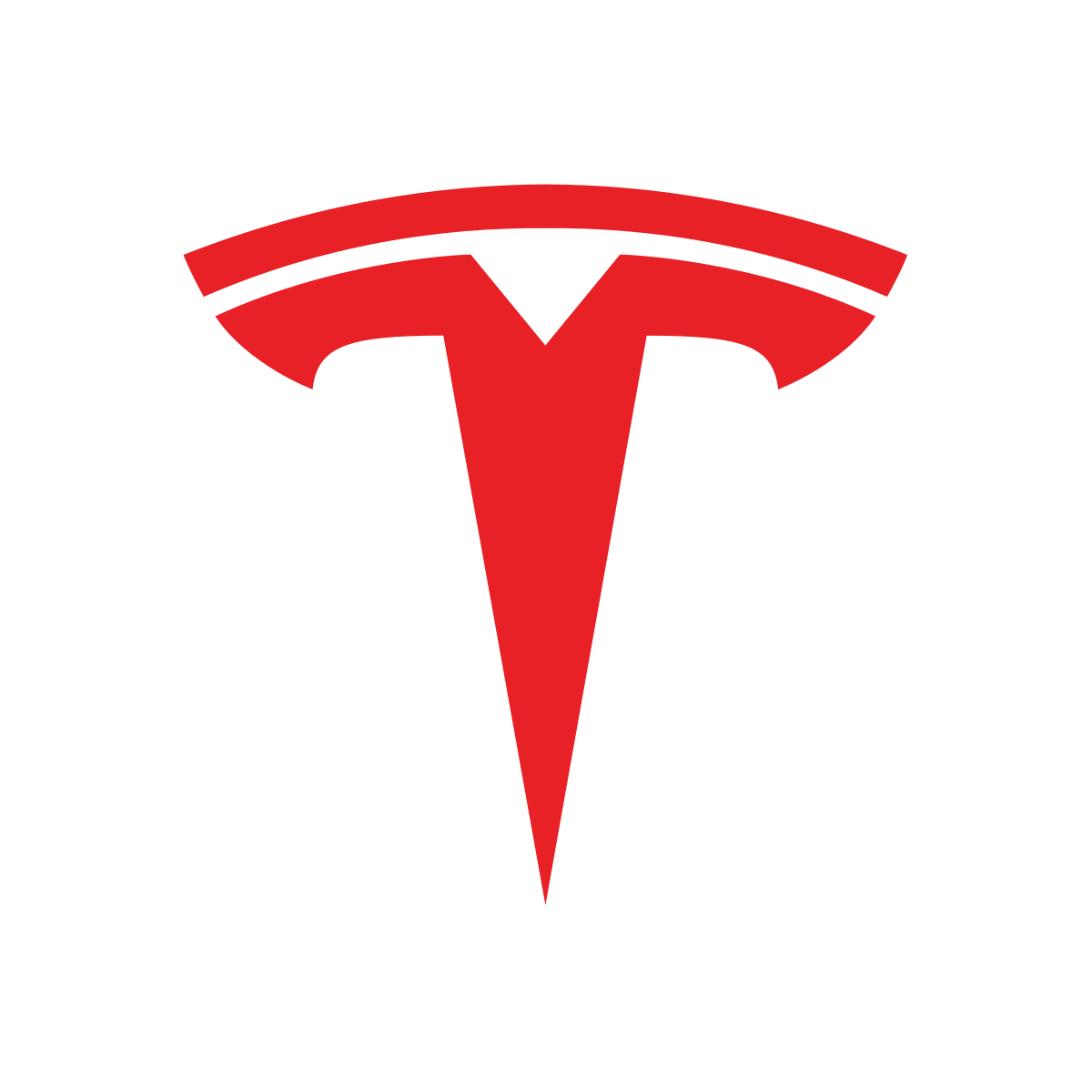Hackers were able to exploit the AMD Secure Processor which allows them to jailbreak the infotainment system. The hackers believe that they can run any software they want and essentially unlock any features that are software-locked. It’s “un-patchable” short of a hardware updates from Tesla.



I think maybe yes.
Depends on the product but generally no.
In the case of FSD the only hardware included is the cameras and processor, which is used for lots of different purposes. It’s a software-unlock because you are paying for the development of the software.
Generally it costs more money to create separate production lines for different hardware than it does to just put the hardware in every vehicle. This is why Tesla has so few hardware configurations and paints, and why other manufacturers don’t have itemized options, they only sell them in packages.
Or that you don’t understand how production lines work.
I understand the theory behind the production-line savings, but 100% do not believe that those savings will be passed on to the consumer, and am unconvinced that it actually is more cost-effective/materially efficient (incentive-wise, it’s in the best interests of the car manufacturers to convince us that this will be a good thing for us in the long-term).
They’re manufacturing the various components (like seats) on totally separate lines from the car and then assembling them. If every single component manufactured is the fanciest, priciest version—if every seat has a heater, a fan, and internet connectivity so it can be activated or locked—that’s certainly going to result in a more expensive base vehicle price vs manufacturing lower-tier components and feeding them into the assembly line as necessary.
A great example would be the Tesla batteries. They’re absolutely not putting the same battery in each car and then locking the ability to charge it beyond a certain point. Materials costs are a huge factor.
A non-vehicular example would be phones. There’s a reason why every iPhone doesn’t have the same components that are just subscription-locked.
The FSD side of things does feel different, though, I agree with you there. You’re paying for a consistently-updated, software-based service, but that’s not at all comparable to having to pay the original manufacturer to activate, say, the blind-spot indicators on a used car (unless they’re coming out and upgrading your mirrors from time to time).
Literally every component is assembled on separate lines. This doesn’t mean anything.
I mean at some point yes, but also not really. Things like cloth seats are just thrown into the lineup to create pricing tiers, they don’t actually cost less.
Actually, they’ve absolutely already done that several times.